Birds have been captivating us with their seasonal journeys since time immemorial. Each year, billions of birds embark on remarkable migrations that span continents and oceans, following ancient pathways encoded in their genetic memory. The wonder of migration isn’t reserved for professional ornithologists or those who visit far-flung nature reserves – this magnificent spectacle can be witnessed right from your own backyard! With some basic knowledge, simple tools, and a bit of patience, you can transform your yard into a front-row seat for one of nature’s most impressive shows. This guide will help you identify, attract, and appreciate the migrating visitors that may be passing through your neighborhood during spring and fall migration seasons.
Understanding Bird Migration Patterns
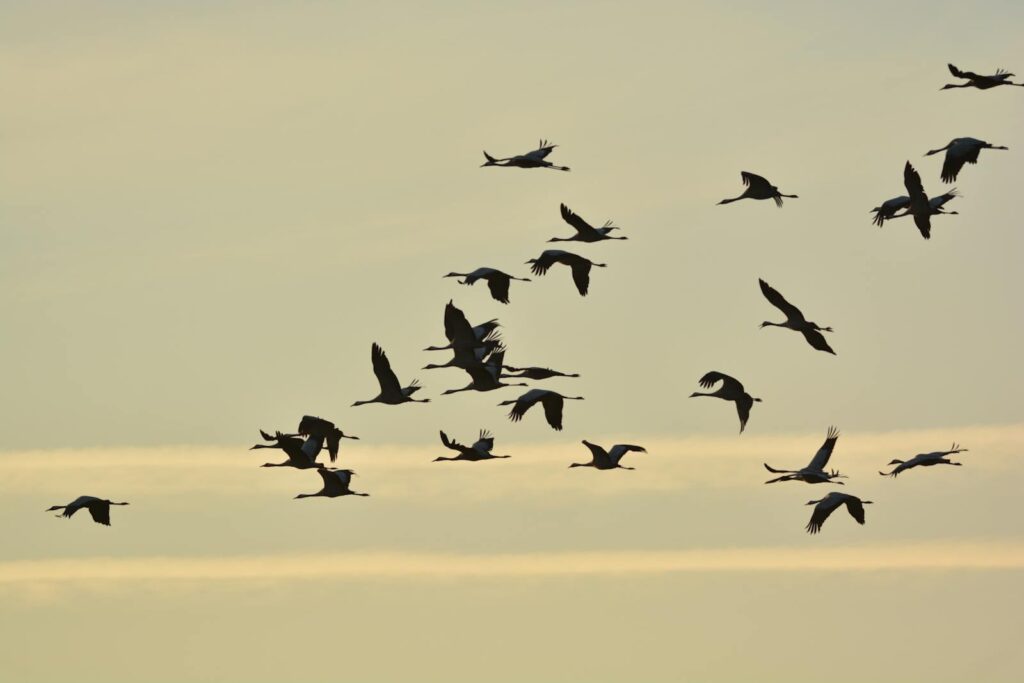
Bird migration follows predictable seasonal patterns that vary by species and geography. In North America, the primary migration periods occur during spring (March through May) when birds travel northward to breeding grounds, and fall (August through November) when they return southward to wintering areas. These journeys are triggered by changing day length, which signals birds to prepare for their arduous travels. Different species follow various “flyways” or migration routes – major aerial highways include the Atlantic, Mississippi, Central, and Pacific flyways that funnel birds across the continent. Understanding which flyway your backyard falls under can help you anticipate which species might appear during migration seasons.
Creating a Migration-Friendly Backyard
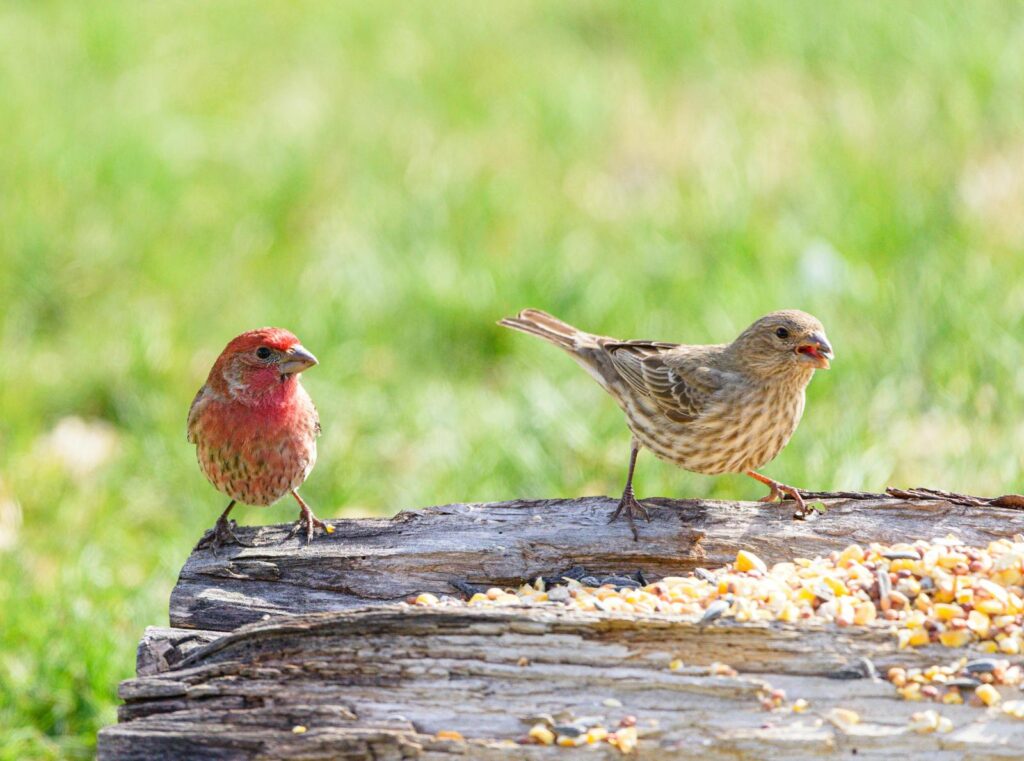
Migrating birds seek out safe havens that offer essential resources during their energy-intensive journeys. Native plants that produce fruits, berries, seeds, and attract insects provide natural food sources that migrating birds recognize and prefer. A diverse landscape with different vegetation heights—from ground cover to shrubs to mature trees—creates multiple habitat niches that appeal to various species. Water features like birdbaths or small ponds act as beacons for tired travelers, especially if they include moving water, which birds can detect from a distance. Minimizing nighttime light pollution helps birds that migrate after dark navigate safely, preventing disorientation that can lead to fatal collisions with structures.
Essential Tools for Backyard Bird Watching

Quality binoculars are perhaps the most important tool for observing migrating birds, allowing you to spot and identify species without disturbing them. An 8×42 magnification is ideal for backyard birding, offering enough power to see details while maintaining a wide field of view. A field guide specific to your region helps with identification; modern apps like Merlin Bird ID or Audubon’s bird guide offer advantages like audio recordings of bird calls and interactive identification features. A notebook or digital logbook helps track your observations over time, creating a valuable record of migration patterns in your area. Consider adding a spotting scope if your property overlooks larger bodies of water where waterfowl might gather during migration.
Timing Your Observations Effectively
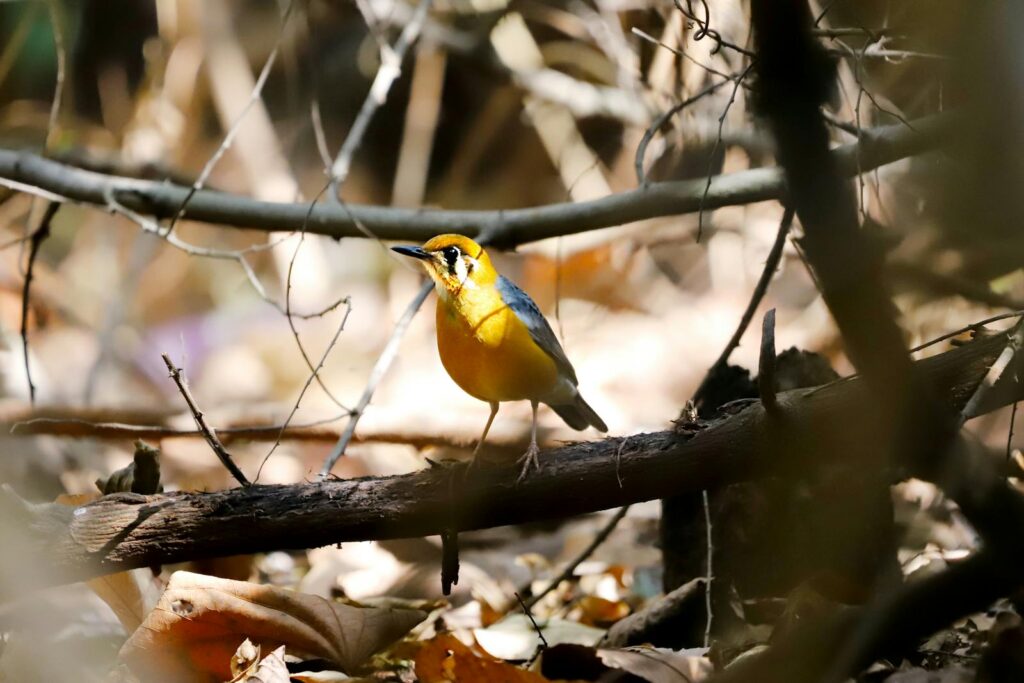
The early bird truly does catch the worm when it comes to migration watching—many species are most active from dawn until mid-morning. During peak migration periods, dedicating time to observation in the early hours can reward you with the greatest diversity and activity. Secondary peaks often occur in the late afternoon and early evening as birds look for places to roost. Weather patterns significantly influence migration timing; birds often travel on the heels of cold fronts in fall, when tailwinds assist their southward journey. After storms pass through your area, check your yard immediately—exhausted migrants often make emergency landfalls to rest and refuel, creating “fallout” conditions where many species suddenly appear.
Recognizing Migration Behaviors
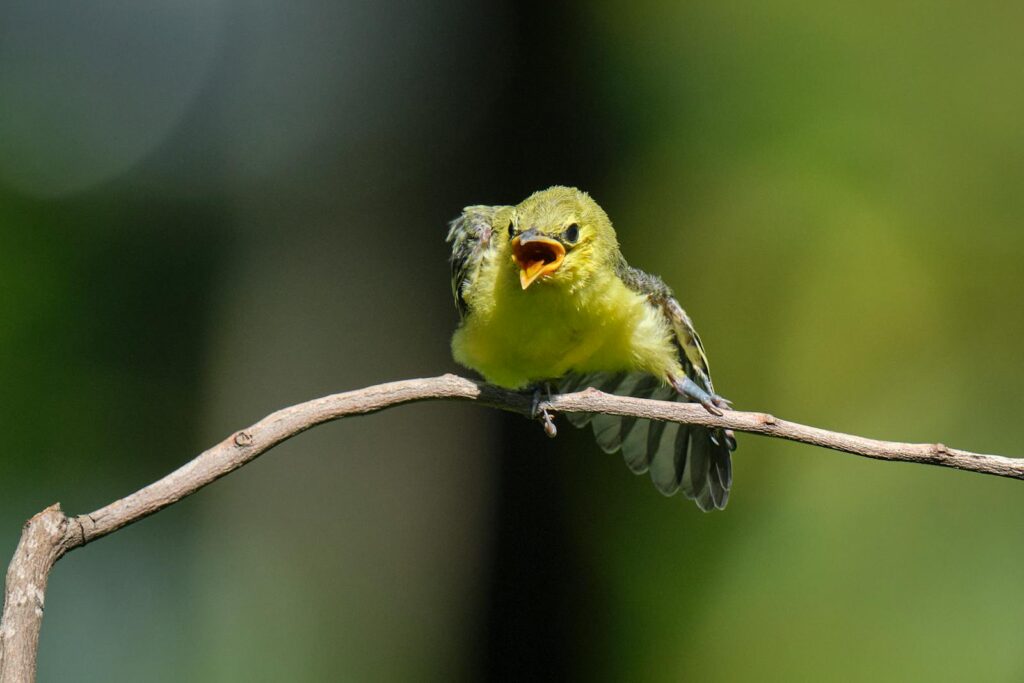
Migrating birds often behave differently from resident species, displaying telltale signs of their transient status. Many migrants appear noticeably more energetic and focused on feeding, frantically stocking up on calories to fuel their journey. Unlike territorial breeding birds, migrants frequently travel in mixed-species flocks, creating unusual groupings you wouldn’t see during breeding season. Watch for birds that seem unfamiliar with your yard’s layout—resident birds move with confidence through known territory, while migrants might appear more cautious or exploratory. Some species also undergo seasonal plumage changes, appearing in more subdued “basic” plumage during migration rather than their flashy breeding colors.
Identifying Common Migrant Groups
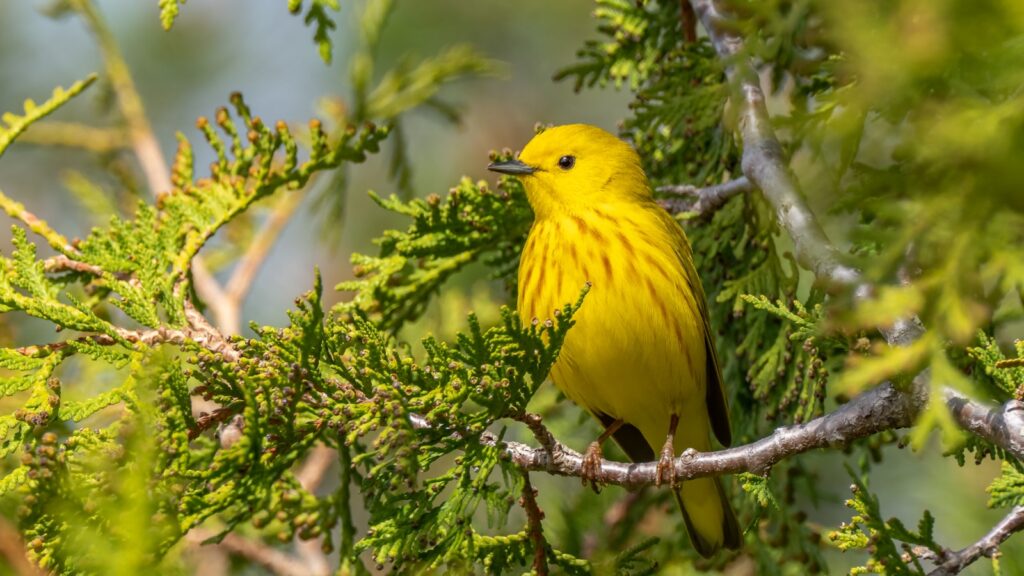
Learning to recognize major groups of migrants simplifies identification, even if you can’t immediately identify the exact species. Warblers represent one of the most diverse and challenging groups—these small, often colorful insect-eaters move quickly through foliage, requiring patience to spot. Thrushes like the Swainson’s and Hermit Thrush migrate primarily at night but feed in yards during the day, recognizable by their spotted breasts and tendency to forage on the ground. Sparrows peak during fall migration, forming mixed flocks that require careful observation of field marks like eye-rings, wing bars, and head patterns. Waterfowl like ducks and geese create more obvious spectacles, often visible in V-formations overhead or resting on nearby bodies of water.
Using Sound as an Identification Tool
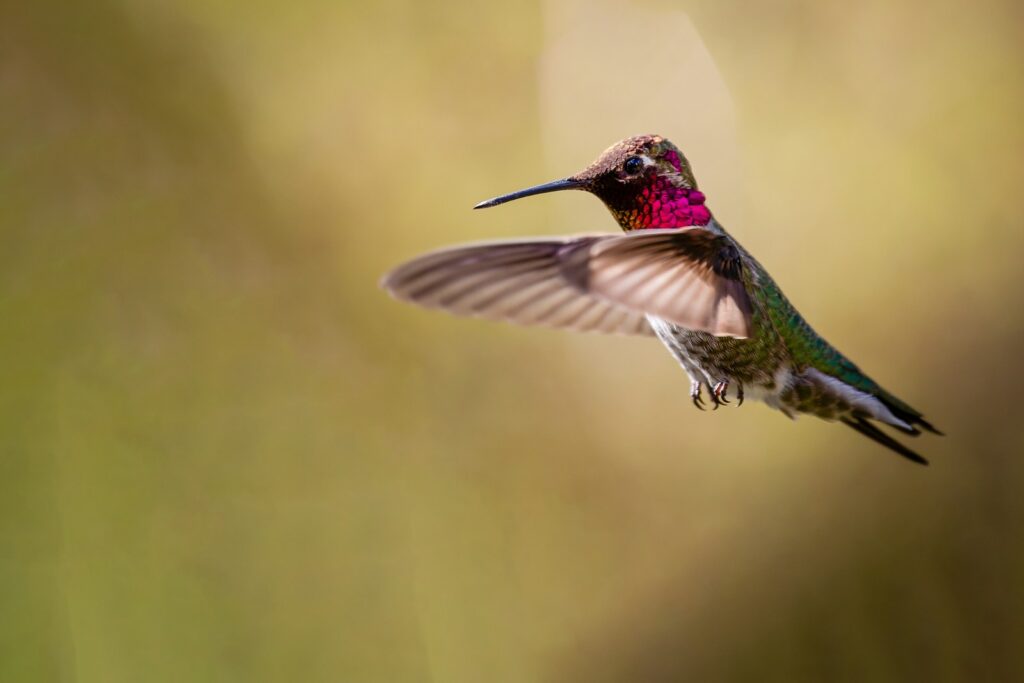
The soundscape of your backyard can alert you to migrants even before you see them. Many migrating birds give distinctive flight calls at night—short, simple notes that help flocks stay together in the darkness. Learning these calls can help you identify what’s passing overhead, even when visibility is limited. Dawn chorus changes dramatically during migration periods as transient species add their voices to resident birds. Recording unfamiliar sounds with your smartphone can help with later identification using apps or online resources. Some migrants, like thrushes and grosbeaks, sing abbreviated versions of their breeding songs during migration, offering auditory clues to their presence.
Spotting Raptors on the Move
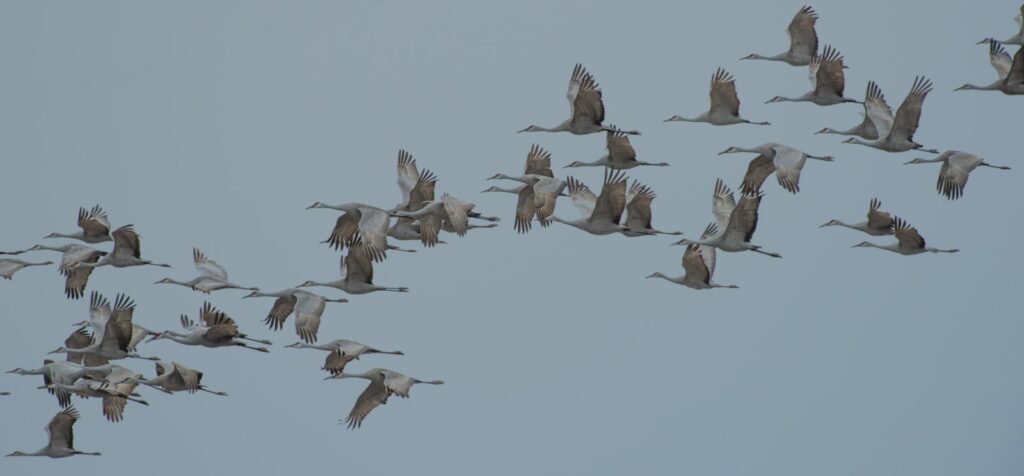
Migrating birds of prey offer some of the most dramatic migration viewing opportunities for backyard observers. Unlike songbirds, many raptors migrate during daylight hours, using thermal updrafts to conserve energy while traveling. Hawks, eagles, and falcons often follow geographic features like ridgelines and coastlines that generate these updrafts. Look to the skies on clear days with light winds, particularly between mid-morning and mid-afternoon when thermals develop. Scan methodically with binoculars, focusing especially on distant kettle formations—groups of raptors spiraling upward in rising air currents before gliding toward their destination. Distinctive silhouettes help identify different raptor groups even at considerable distances.
Participating in Citizen Science Projects

Your backyard bird observations can contribute meaningfully to scientific understanding of migration when shared through citizen science initiatives. eBird, run by the Cornell Lab of Ornithology, allows you to report bird sightings that researchers use to track migration timing, routes, and population changes. Project FeederWatch focuses specifically on birds that visit feeders during migration and winter months, providing valuable data on how feeding patterns change seasonally. The Great Backyard Bird Count offers a perfect entry point for beginners, occurring annually in February when early migrants begin moving. Participating in these programs not only enhances scientific knowledge but also connects you with a community of like-minded backyard birders.
Photographing Migrant Visitors
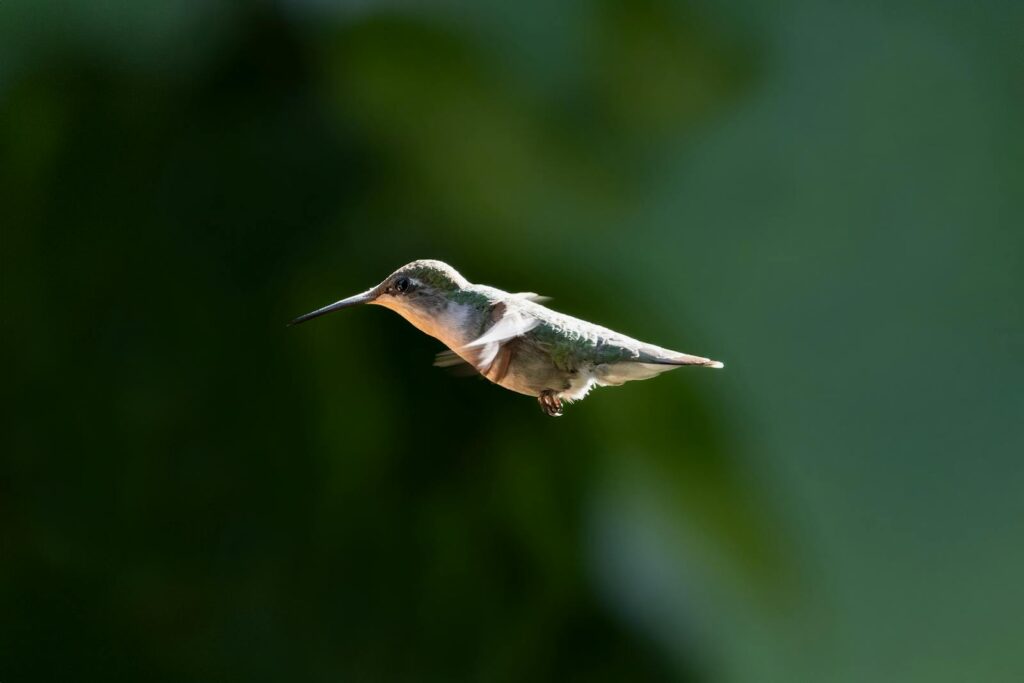
Documenting migrating birds through photography creates lasting records of your sightings and helps with the identification of challenging species. Even smartphone cameras can capture useful images, especially when paired with binoculars or spotting scopes using digiscoping adapters. Position yourself with the sun at your back when possible, providing better lighting on your subjects without harsh shadows. Learn the art of patience—set up near resources like fruit-bearing trees or water features and wait for birds to come to you rather than pursuing them. Focus on behavior documentation as well as identification shots, capturing feeding, bathing, or interaction moments that tell the story of migration through your yard.
Attracting Specific Migrant Groups
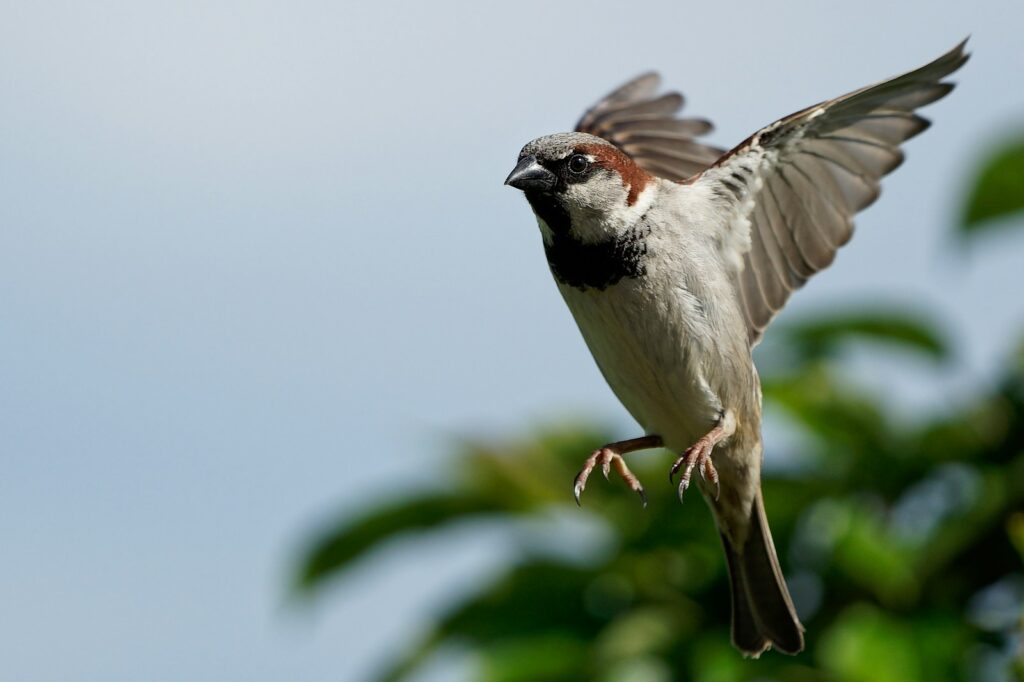
Different migrant species have specific habitat and resource preferences that you can accommodate in your backyard setup. Hummingbirds respond dramatically to red or orange nectar feeders placed in open areas where these aerial specialists can maneuver easily. Insect-eating migrants like warblers and flycatchers appreciate yards with native trees hosting caterpillars and other invertebrates—oak, cherry, and willow species are particularly valuable. Seed-eating migrants including sparrows, finches, and grosbeaks, will visit feeding stations offering millet, sunflower seeds, and nyjer thistle. Frugivores like thrushes, tanagers, and waxwings seek out native fruit-bearing shrubs and trees such as dogwood, serviceberry, and viburnum, especially during fall migration.
Keeping a Migration Journal

Maintaining detailed records of your migration observations creates a valuable personal database that enhances your birding experience year after year. Record not just species, but dates, weather conditions, behaviors, and any unusual observations in a dedicated journal or digital spreadsheet. Track “first-of-season” sightings for common migrants to develop a localized migration calendar specific to your backyard. Note yearly variations that might correlate with weather patterns or climate change effects on migration timing. Compare your observations with historical records or information from local bird clubs to place your backyard data in a broader context, potentially uncovering important trends in your area’s avian visitors.
Understanding Migration Challenges and Conservation

The birds visiting your backyard during migration face numerous challenges on their journeys that have conservation implications. Habitat loss along migration routes has eliminated crucial stopover sites where birds traditionally refueled, making each remaining habitat patch—including your backyard—increasingly important. Climate change has begun shifting migration timing, sometimes creating mismatches between when birds arrive and when their food sources are available. Light pollution disorients night migrants, and collisions with buildings cause millions of migration fatalities annually. By creating migration-friendly habitat, participating in citizen science, reducing window collisions at your home, and supporting conservation organizations, your backyard birding connects directly to broader efforts protecting these remarkable travelers and their ancient journeys.
Bird migration offers a window into one of nature’s most spectacular phenomena, accessible from the comfort of your own backyard. By understanding migration patterns, creating a welcoming habitat, and developing your observation skills, you transform your outdoor space into both a sanctuary for traveling birds and an observation platform for witnessing this ancient natural cycle. The connections you forge with these feathered travelers—some having journeyed thousands of miles from tropical forests or Arctic tundra—bring the global patterns of nature directly to your doorstep. Whether you’re a casual observer or dedicated citizen scientist, backyard migration watching reminds us we’re all part of something much larger than ourselves—a planet-wide web of movement, survival, and renewal that has been unfolding in the skies above us since long before humans first looked up in wonder.
